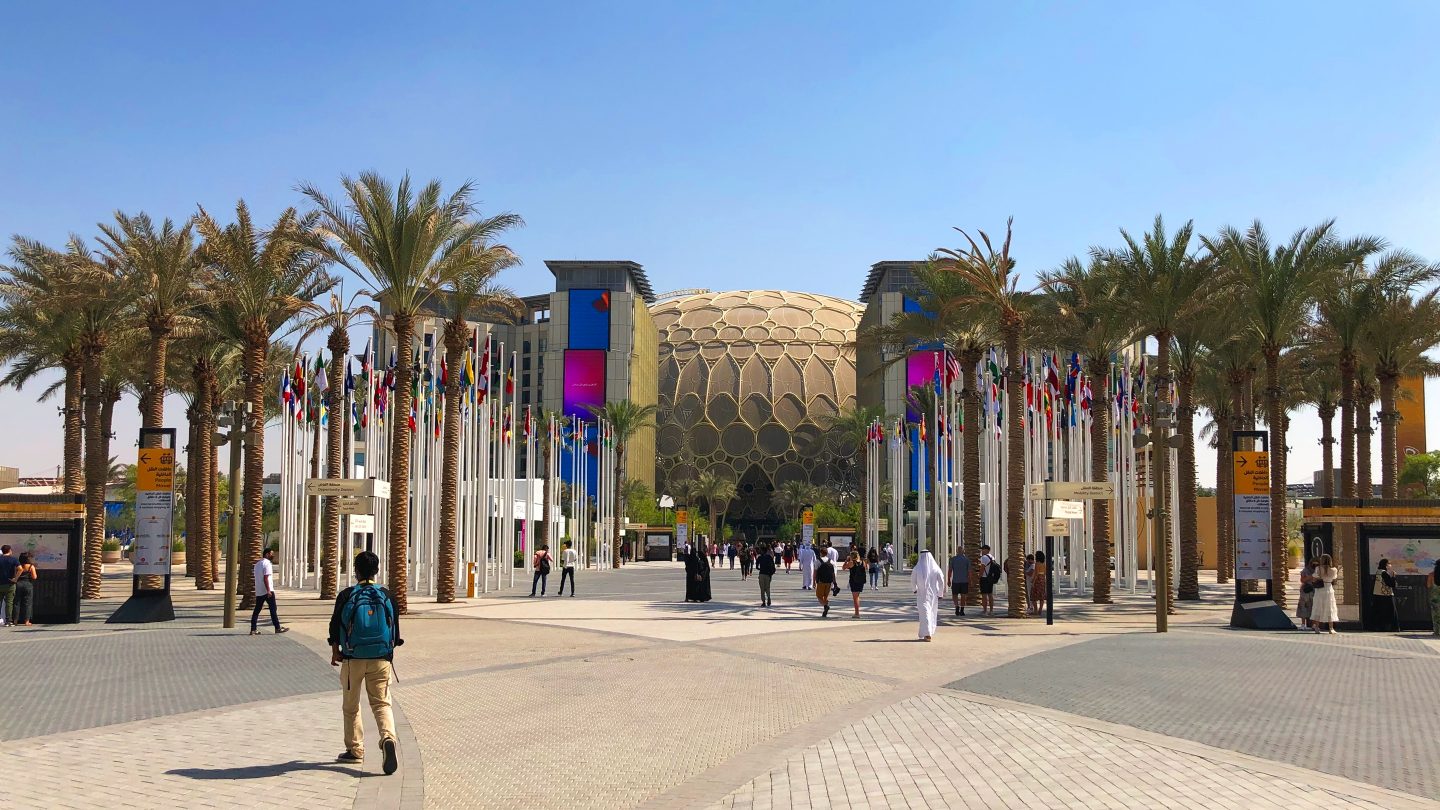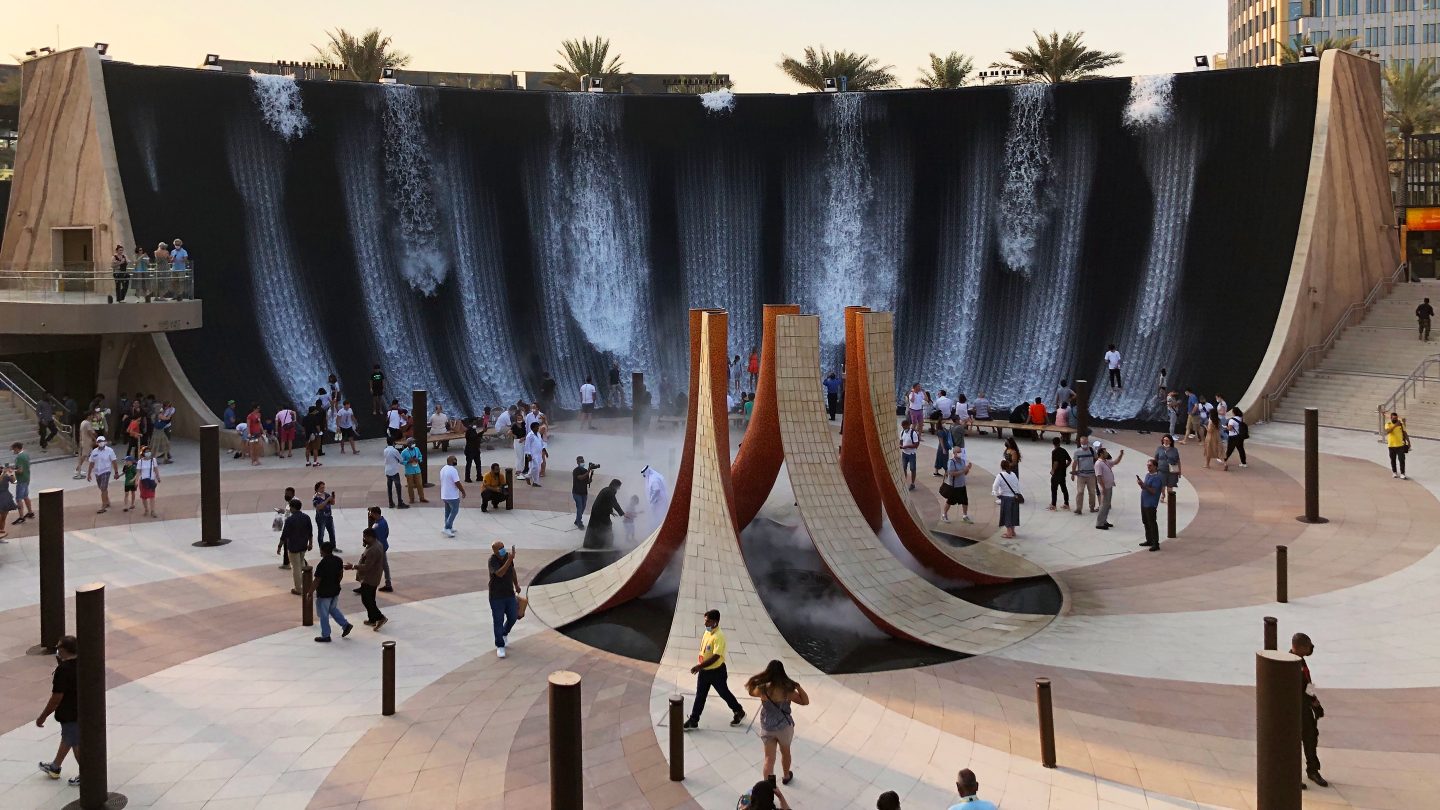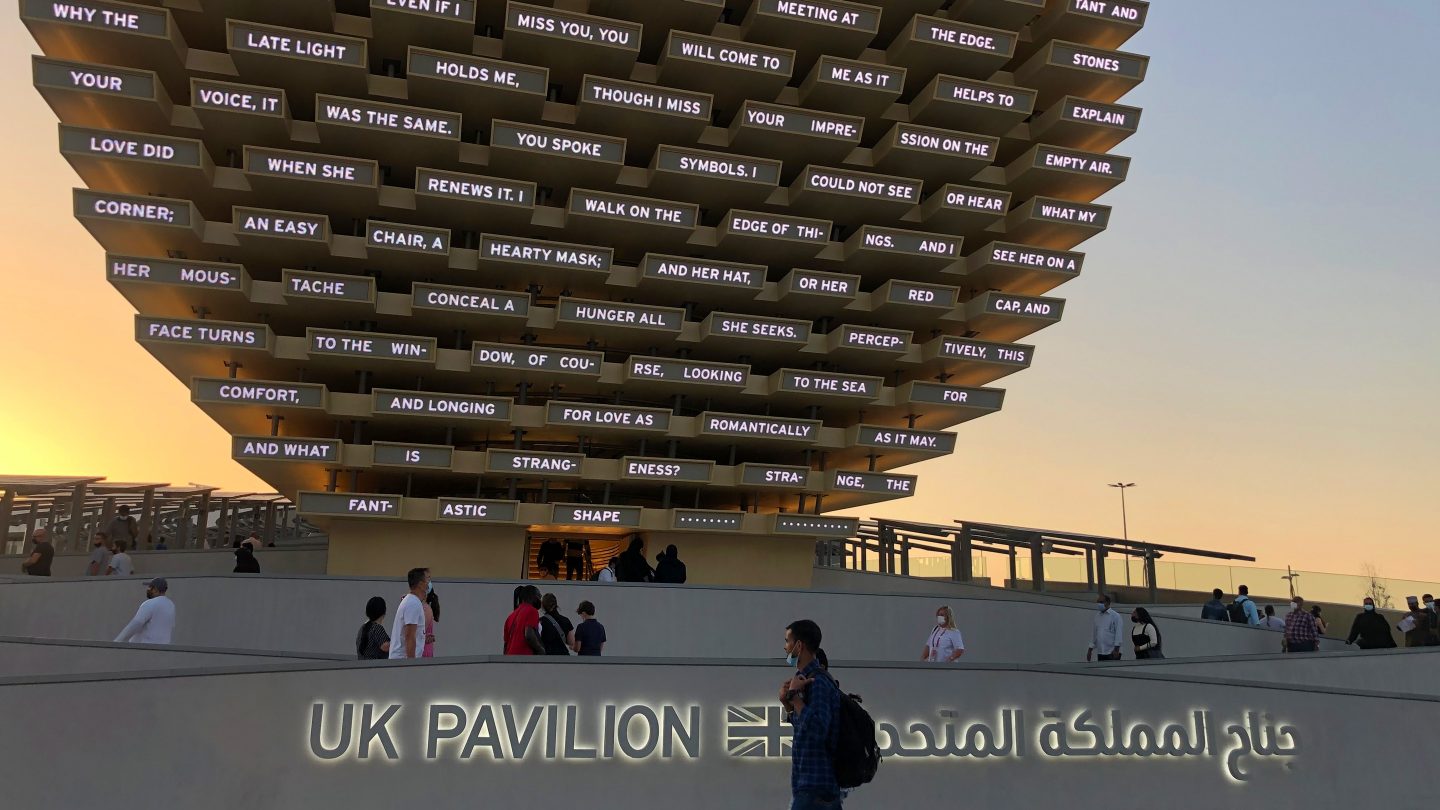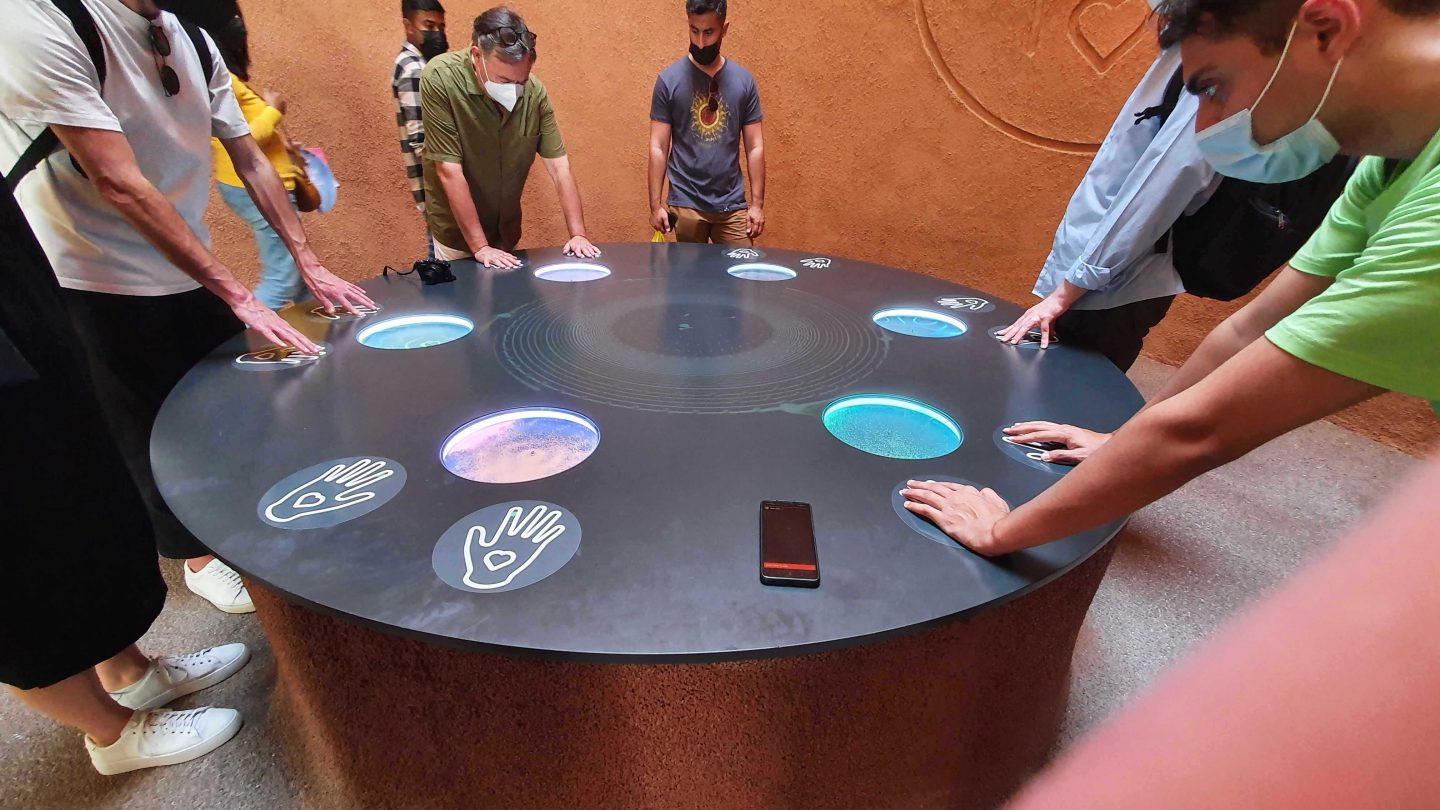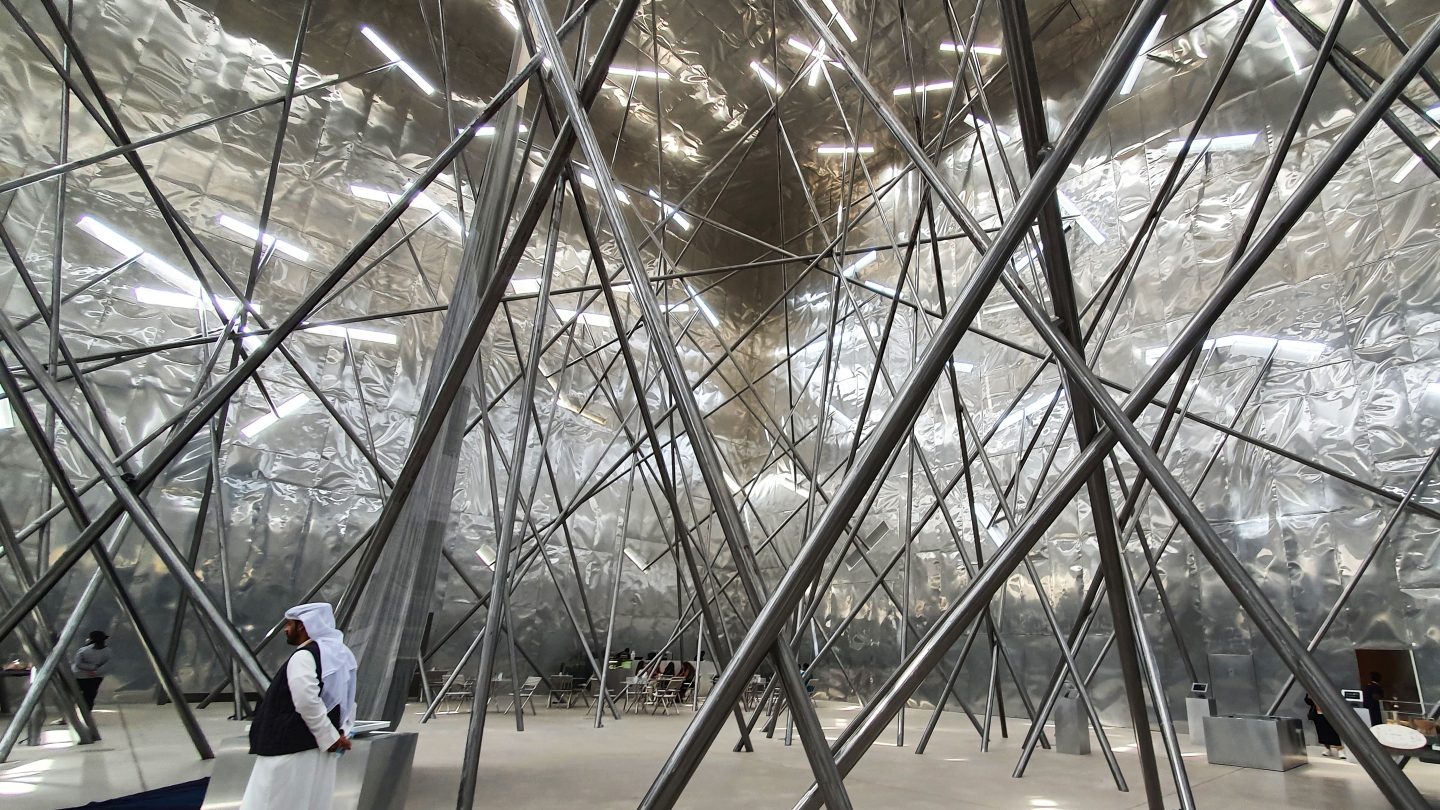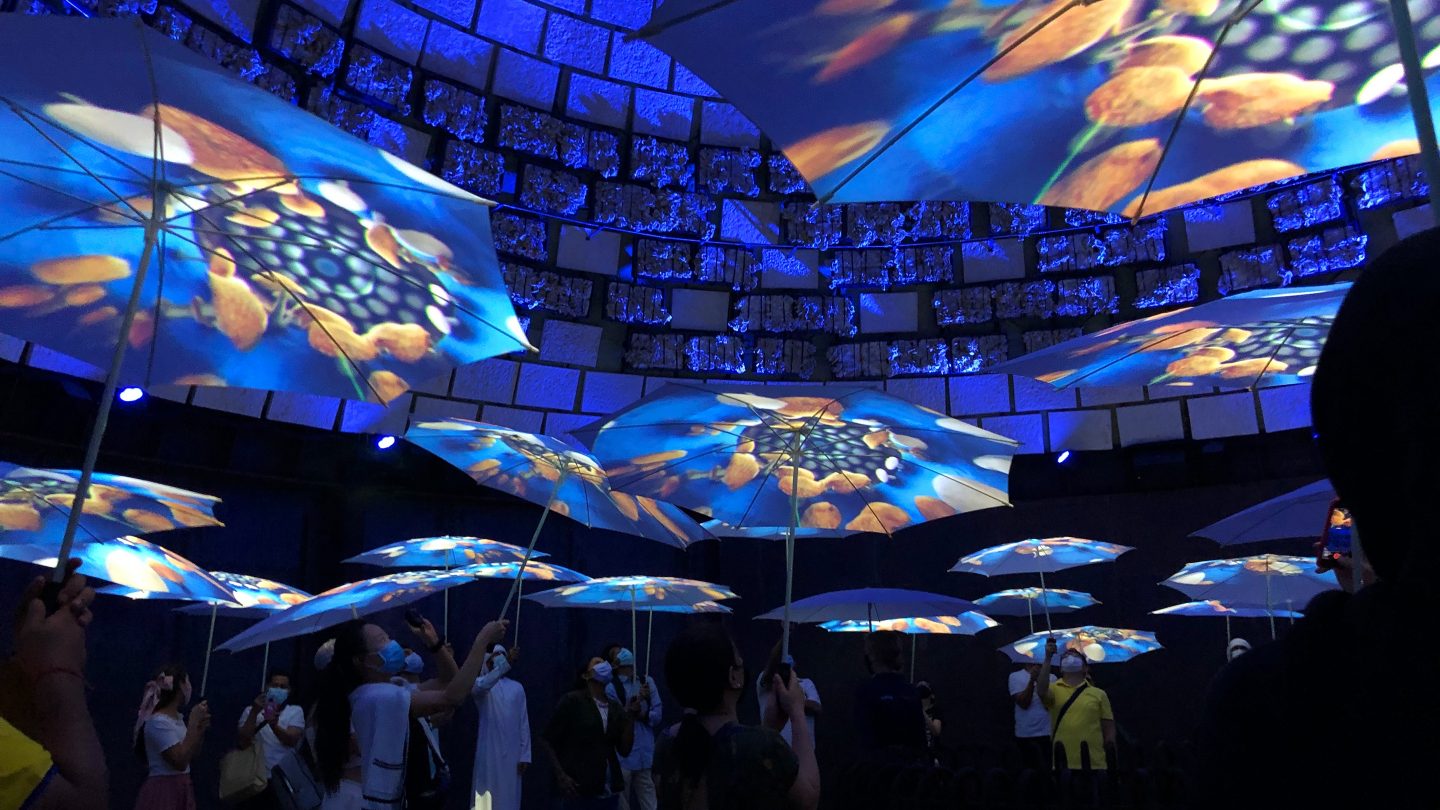LEARNINGS FROM DUBAI 2020 FOR OSAKA 2025
Every five years, the nations of the world meet in one destination and present themselves at their finest. At EXPOs, the individual nations´ history, culture and novelties have always been elaborately staged. And even if the organizers never actually state it: world exhibitions have forever been in the midst of political tensions, they were and are the mirrors of the passage of time and also of the competition between nations for attention and popularity.
But the idea of being able to solve major problems together as a global community continues to make the format of the World Exhibition significant: as long as social discussions are triggered, people are at the focal point and the Expo is understood as a platform for communication, collaboration and co-creation, it can forge something new and bring forth genuine innovations and progress.
Four take-aways from Dubai
In 2025, the next Expo will be opening its doors in Osaka. Around 28.2 million guests and 150 participating countries as well as 25 international organizations are expected to present innovative solutions for our societies. The motto is "Designing Future Society for our Lives". 192 countries participated in the Expo in Dubai. There, the guiding principle "Connecting Minds, Creating the Future" also focused on relevant future topics. On the 438-hectare site, the pavilions were divided into the areas of "Opportunity," "Sustainability" and "Mobility. They demonstrated exciting answers, embodied built promises or assertions, provided valuable vistas and facilitated meaningful moments, but were also in part defined by trivial, clichéd presentations devoid of depth, emotional impact or meaning. Sadly. As experience designers, Milla & Partner was on the scene not only to design the exhibition on the 1st floor of the Baden-Württemberg House, but also as attentive visitors: Our delegation discovered and observed a great deal and is sure that these findings reveal potential for the upcoming Expo in Osaka ...
Peter Redlin-Pape, CEO Creative Direction, Founder and Partner at Milla & Partner„We need to go around a world exhibition not with the eye of experience design professionals, but with empathy for the broad and diverse target group, which consists of locals and tourists. Especially for them, it is important to convey unforgettable images in their minds via 'experience telling' in both the indoor and outdoor spaces.”
1. Demand genuine participation!
The Expo should be perceived as a platform: It is important that pavilions are designed with the approach of turning the audience not into consumers but into participants. Because participation means not only involving the audience, but also active co-authorship of the exhibition content - which in turn generates surprising changes of perspective and new learning opportunities, as well as experiencing the value of togetherness. Another benefit: both the visitors and the exhibitors profit from this collective knowledge.
2. Create personal encounters!
Robin Palleis, Creative Technologist and Partner at Milla & Partner„The variety of qualities and aesthetics, the diversity of people, backgrounds and cultures that came together here in Dubai was great. Especially after two years of pandemic, the World Expo - for all its staging - was a great experience full of random observations, surprises, and encounters that could not have happened online. And I think that's what scenography is all about: creating occasions for encounters.”
Some pavilions showed how personal encounters are not only valuable in principle, but also have a positive influence on the individual exhibition experience. Several countries had excellently trained staff and were convincing as good hosts and hostesses. Because despite all media design and digital interaction: the personal encounter with people shapes the image of a country immediately, directly and sustainably. The experience in the pavilions ought to be different from any personal trip to these countries - this is the added value of an Expo. To this end, new spatial concepts are needed for Osaka: even more genuine dialogical situations and less "museum-like" exhibition design.
3. Dare to be supremely unique!
Complexity abounds at the Expo. However, less can be more, clarity instead of a watering can of topics can prevail. In general, the Expo in Dubai shows how important a consistent, concentrated narrative is when conveying content. With a fine balance of content, storytelling and emotion, clear messages have a more lasting effect on guests.
Thomas Frenzel, Creative Director at Milla & Partner„The exhibitors with the courage to be clear, simple and focused on a basic, fascinating idea were the most convincing. Because in most cases they created a unique experience and were able to reach many people on an emotional level.”
4. Practice true sustainability!
Anika Kinghorst, Experience Designer at Milla & Partner„I want to see more sustainability at all levels! This includes not only the building materials, production methods and consumption in construction and operation, but also the social level and the circumstances under which the site was built.”
Digital extensions and twins lend themselves to a broader depth of content. Similar to trade shows, hybridization is already revealing enormous potential here. Not only can guests be reached on site or in the aftermath, but above all, non-visitors who stay away from the Expo for a wide variety of reasons can access the exhibitions. The format of the world exhibition could so be further democratized - in the sense of accessibility to content and topics. However, the opportunities offered by digitization - and also globalization - raise the question of whether the Expo itself is still up to date? What can be shown to the world that the world has not yet seen? And the issue of sustainability is definitely on the agenda: Is it really in the spirit of a climate-neutral world that a total of around 25 million people will have traveled to Dubai by the end of the Expo - and most of them by plane? What is the relationship between cost and benefit - and the subsequent use of the site? A major challenge for Osaka: to live up to the motto "Designing Future Society for our Lives" at all levels within the international community - a challenge that must be met.
Thomas Frenzel, Creative Director at Milla & Partner„My conclusion: The format of the World Expo is unique and, in the spirit of renewal, I would like to see Expos have more relevance for visitors and for the world community. Beyond the contest of products, of innovations, of cultures, the World Expo has the potential to showcase the diversity of people and their ideas and to strengthen their communication with each other as a basis for peace.”


